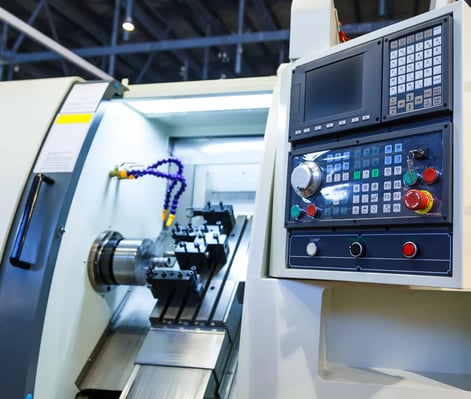Mastering Precision: The Evolution of Turning from Traditional Lathes to CNC Innovations
Unlock the Power of Precision Turning with Algerian Machinist! From traditional lathe techniques to cutting-edge CNC innovations, explore our comprehensive guide to mastering turning. Discover the artistry and efficiency behind crafting intricate components for various industries. Join us on a journey through the evolution of turning technology and unleash your manufacturing potential today!
TURNING
Benchoula Abderahman
5/4/20241 min read


Turning is a fundamental machining method that provides unmatched accuracy and adaptability. Turning has come a long way, from the days of manually driven lathes to the sophisticated CNC (Computer Numerical Control) technology of today. This growth has transformed industrial processes in many sectors.
The foundation of turning operations has always been traditional lathe machines. These mechanical marvels use the power of rotation to skillfully and precisely mold basic materials into elaborate shapes. Experts in the technique of turning can manipulate metal, wood, and other materials to create exquisite parts, such as complex gears or gracefully turned spindles.
But a new age of turning possibilities has arrived with the introduction of CNC lathe machines. CNC lathes provide unparalleled precision, consistency, and effectiveness by utilizing computer-controlled precision. Complicated designs that were before laboriously created by hand may now be programmed and carried out with unmatched accuracy and speed.
The adaptability of CNC lathe technology is one of its main benefits. A wide range of projects, from straightforward prototypes to large-scale production runs, may be handled by manufacturers thanks to CNC lathes' effortless fabrication of complex forms and profiles. Additionally, CNC programming facilitates iterative design and quick prototyping, which shortens time to market and speeds up the product development cycle.
CNC lathe machines provide improved safety features and automation possibilities in addition to accuracy and efficiency. By utilizing coolant systems, monitoring sensors, and automatic tool changes, operators may minimize downtime and preserve workplace safety while maintaining maximum performance.
The development of turning technology has opened up new possibilities for efficiency and innovation in the industrial sector. The art of turning has reached new heights thanks to the marriage of traditional lathe expertise with CNC accuracy, whether creating custom pieces or mass-producing components.
Looking ahead, the continuous development of CNC technology provides even more room for creativity and innovation in the turning industry. For many years to come, the accuracy and adaptability of CNC lathes will propel advancement and influence the manufacturing industry, from medical gadgets to aerospace components.


